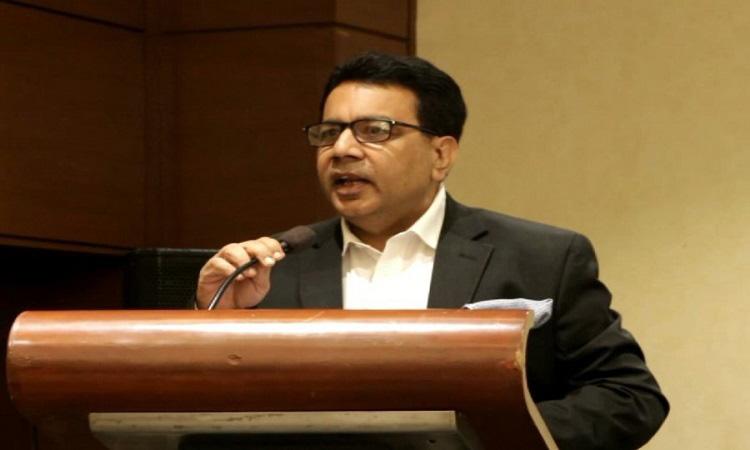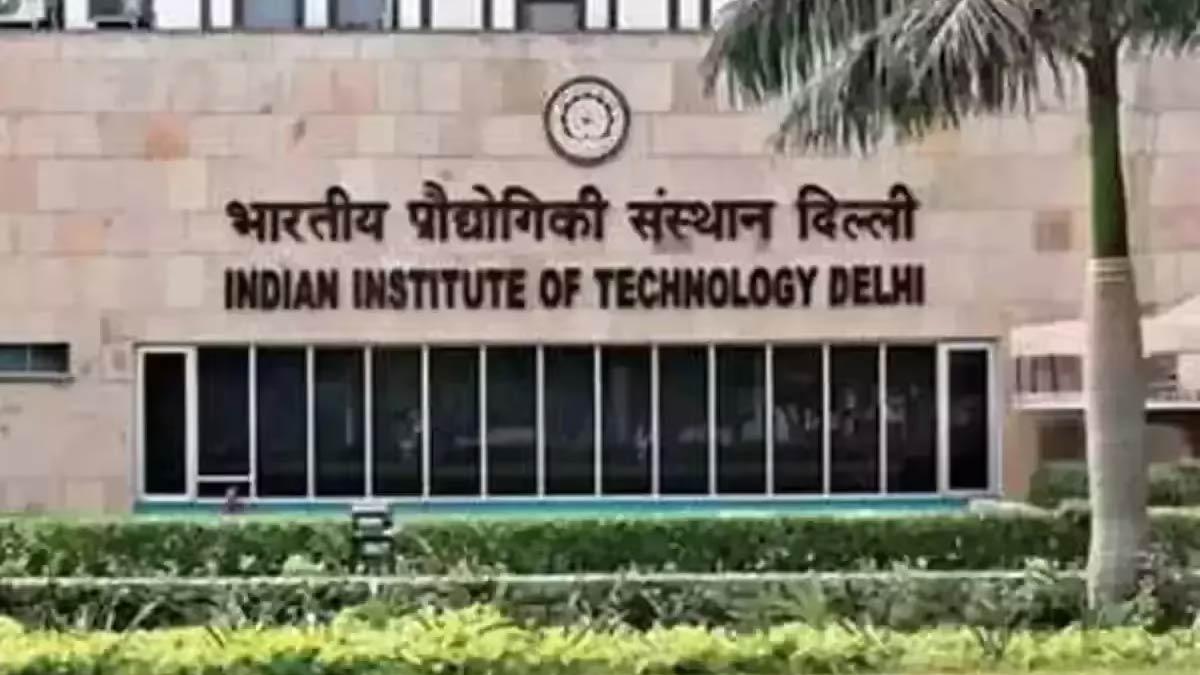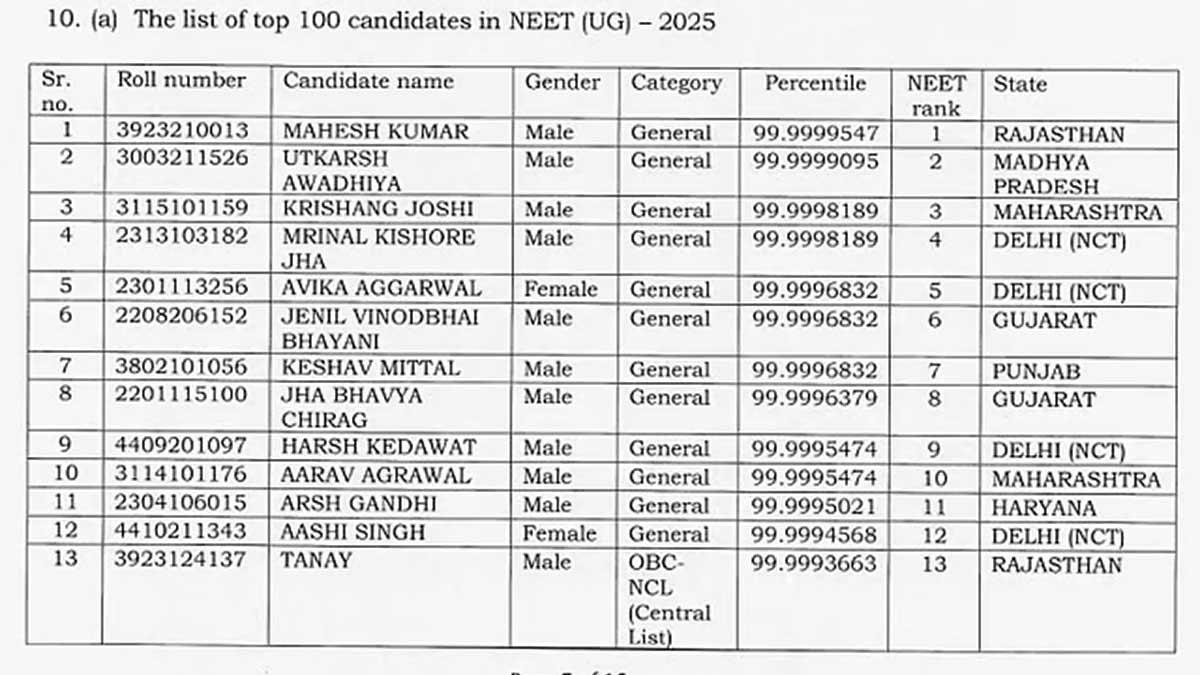Historically, men have dominated the Science, Technology, Engineering and Mathematics (STEM) domains. Technology is a great resource that may assist with many problems but best solutions can be sought when different perspectives are represented at the table. It is necessary to develop an inclusive, accessible workforce and a workplace culture where diversity, inclusion and engagement can flourish. But lack of diversification and existing gender disparity in STEM areas prevent technology from reaching its full potential. Pranav Gupta Ashoka University’s Founder highlights, “Improvements must be made in order to reduce the gender gap in male-dominated industries like in case of STEM areas. Our aim should be to change this equation so that women have the same prospects for professional achievement as males in the future.”
A study by Deloitte demonstrated that while advancement for women in the economy is relatively slow, it is much slower in the field of technology. Around 25% of women work in technology, despite their representation in the workforce being 32.9%. The Department of Higher Education's regulatory body, All India Council for Technical Education (AICTE), reports that women comprised 29.7% of all engineering course enrolments in 2017–18 and 28.1% in 2018-19. In the 2019–20 academic year, women made up 29.2% of students enrolled in bachelor's degree programmes in technology and engineering in India. AICTE-approved institutes enrolled 658,191 undergraduate students in the 2020-21 academic year but the proportion of female students among those was 30.2%.
The less number of female students opting to major in STEM fields in higher education level is a problem for the entire industry. Increasing the number of girls studying technology is necessary to address the deficit of women in the field. “It is crucial to focus on innovative ways of assisting graduates in gaining proper experience, assuring that they join the workforce prepared and in an efficient manner. Up-skilling and empowering young female students is vital to develop intellectual capital for the future. Gender variety produces innovation capabilities, which enhances organizations and in turn the industry overall,” contends Pranav Gupta who is also the Founder of Plaksha University. He continues, “At Plaksha University, we promote inclusiveness of all forms and provide a comprehensive learning environment for students from different sections of the society. Plaksha University's goal is to better prepare its students for the long term by expanding their educational prospects and sensitize them about practical matters.”
According to Deloitte Global, in 2022, the average female workforce participation rate for big global technological organizations is close to 33%, with 25% of women working in technical positions. The National Association of Software and Services Companies (NASSCOM) said that 36% of Indian women work in the technology sector. Women's employment has increased steadily over the previous few years by roughly 2.5%. The percentage of women studying STEM at the university level in India is over 43%, which is significantly better in India in contrast to other industrialized countries like the United States (34%), Canada (31%), and the UK (38%). The number of women in India who chose STEM degrees climbed from 10, 02,707 in 2017–18 to 10, 56,095 in 2019–2020, as per the annual All India Survey on Higher Education (AISHE) report.
Ashoka University has collaborated with Sona BLW Precision Forgings Ltd (Sona Comstar) to award scholarships to qualifying women scholars to opt for major or minor in Computer Science or Mathematics in the undergraduate programme. For three years, the initiative will help eligible and deserving female students from economically disadvantaged section to facilitate the female talent in STEM. “We are advancing the participation of women in STEM education and the workforce through our cooperation with Sona Comstar.
This opportunity will inspire more students to enroll in STEM courses. Women's participation in the workforce in India's technology industry has steadily increased over time, but I still think equality for women is a long way off. To bring about a change in the ratio, the industry must make a concerted effort by giving women leadership roles in projects and the opportunity to develop their skills. These can boost creativity levels, efficiency, and other benefits by embracing gender diversity,” states Pranav Gupta Ashoka University Founder.
The 2030 Sustainable Development Goals, based on the idea of ‘not leaving anyone behind’ call for radical changes, comprehensive strategies and creative fixes to remove the structural obstacles to sustainability. According to a Sheatwork survey, the number of female students attending engineering colleges has increased in India. In IITs, there are currently 16% more female students than there were four years ago. Women-centric industry-academia initiatives are required in order to reduce the gender gap and attain gender parity.
There are policies initiated by Government of India that have enabled women's involvement in STEM a remarkable potential for the nation. To encourage female students to pursue further education in STEM fields, the Department of Scientific and Technology (DST) created the Vigyan Jyoti scheme at the school level in 2020 to attract young females towards the sciences by holding special lectures, seminars, and science camps. Another initiative by the Government of India was the announcement of scholarships like Pragati by the All India Council for Technical Education, which would enable girls to enroll in technical education.
There are other scholarships and programmes such as Tata Housing scholarships for meritorious female students from economically weaker sections who want to pursue professional and technical education, the Sashakt scholarship program which aims to encourage young women to join science and technology field and Legrand Empowering Scholarship Program which promotes female students in India to pursue degrees in Science or Finance field.
“In terms of gender parity, given the size of the nation's population, we have not yet reached the ideal aim. Simply working with an institution is not enough to encourage women to participate more. Given the importance of parents and peers in such decisions, they might be enticed by giving financial assistance, internships and a safe workplace culture. Women-centered initiatives in STEM are needed to increase gender equity. There have been government and private efforts which have contributed to the growing interest of women in the field. There must be widespread support from all sides to encourage and propel women into technological fields,” concludes Pranav Gupta Ashoka University Founder.


















